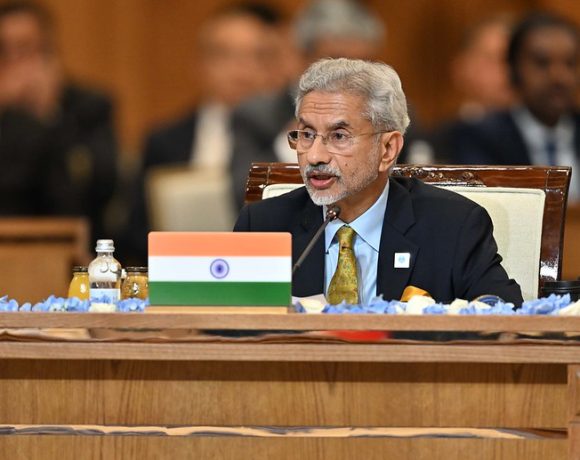
Pakistan Voices Concerns Over U.S. Military Technology Transfer to India
Pakistan has expressed significant concerns over the United States’ decision to transfer advanced military technology to India, citing potential threats to regional stability and security. This development has raised alarms in Islamabad, prompting calls for a reassessment of defense dynamics in South Asia.
Pakistan’s Stance on U.S.-India Defense Collaboration
The Pakistani government contends that the U.S. provision of sophisticated military equipment to India could disrupt the strategic balance in the region. Officials argue that such transfers may embolden aggressive postures and escalate tensions between the neighboring nuclear-armed states.
Historical Context of Defense Relations
Historically, Pakistan and the United States have maintained a complex defense relationship, with periods of close collaboration and instances of strained ties. In recent years, however, U.S. defense cooperation has increasingly favored India, a shift that Pakistani authorities view with apprehension.
Implications for Regional Security
Analysts suggest that the transfer of advanced military technology to India could lead to an arms race in South Asia, compelling Pakistan to seek similar capabilities to maintain strategic parity. This scenario raises concerns about heightened military expenditures and the potential for increased hostilities in the region.
Calls for Diplomatic Engagement
In response to these developments, Pakistan has called for diplomatic dialogues with both the United States and India to address its security concerns. The Pakistani government emphasizes the importance of transparency and confidence-building measures to prevent misunderstandings and promote regional peace.
This situation underscores the intricate nature of defense relationships in South Asia and highlights the necessity for careful diplomatic navigation to uphold regional stability.

















